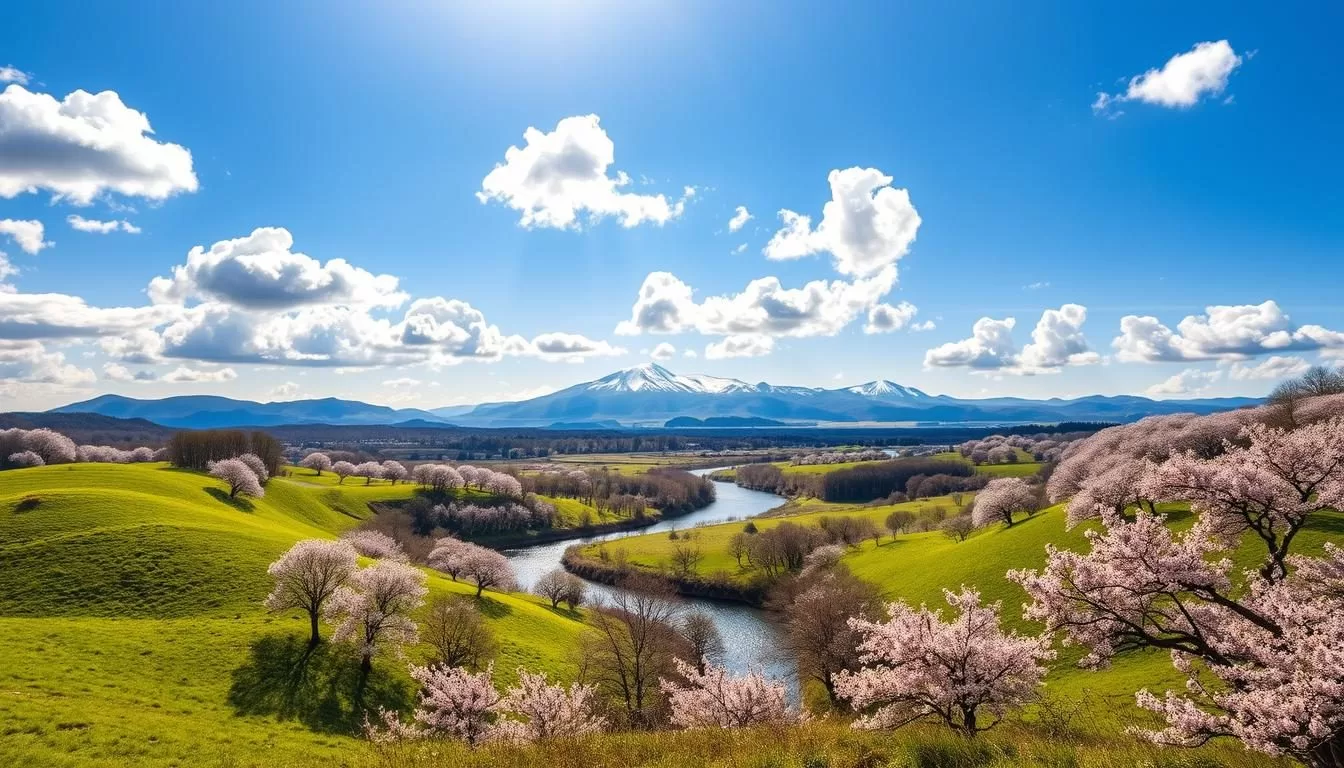✓ Accommodations ✓ Flights ✓ Rental Cars
Planning a trip to Fukushima can be tricky if you’re unsure about the time to visit. The region experiences four distinct seasons, each offering a unique experience. Understanding these seasonal patterns is key to a great trip.
You’ll discover why weather plays a crucial role in shaping your travel experience. With its temperate climate and varied geographical features, Fukushima offers diverse weather conditions throughout the year.
By choosing the right months to visit, you can enjoy the region’s attractions and activities to the fullest. Whether you’re looking for a serene winter wonderland or a vibrant spring festival, Fukushima has something to offer in every season.
Understanding Fukushima’s Climate
Fukushima Prefecture experiences a temperate climate with four distinct seasons, each offering unique experiences for travelers. This diversity in climate is a significant factor in making Fukushima an attractive destination throughout the year.
The Four Distinct Seasons
Fukushima’s climate is characterized by four well-defined seasons. Spring, from April to May, brings mild temperatures and beautiful cherry blossoms, making it a popular time to visit. The temperatures during spring are pleasant, ranging from 50°F to 70°F. Summer, from June to August, is hot and humid, with temperatures between 70°F to 85°F, but it’s also a time for vibrant festivals and outdoor activities. Autumn, from September to November, offers moderate temperatures, ranging from 50°F to 70°F, and spectacular foliage. Winter, from December to February, is cold, with temperatures from 25°F to 40°F, but it’s usually dry, making it ideal for winter sports like skiing.
| Season | Months | Temperature Range (°F) | Characteristics |
|---|---|---|---|
| Spring | April – May | 50 – 70 | Mild, Cherry Blossoms |
| Summer | June – August | 70 – 85 | Hot, Humid, Festivals |
| Autumn | September – November | 50 – 70 | Moderate, Foliage |
| Winter | December – February | 25 – 40 | Cold, Dry, Winter Sports |
Regional Weather Variations
It’s also important to note that Fukushima Prefecture has regional weather variations. The coastal areas, mountains, and inland regions each have their own microclimate, which can significantly affect your travel plans. Understanding these regional variations will help you prepare for your trip and make the most of your time in Fukushima.
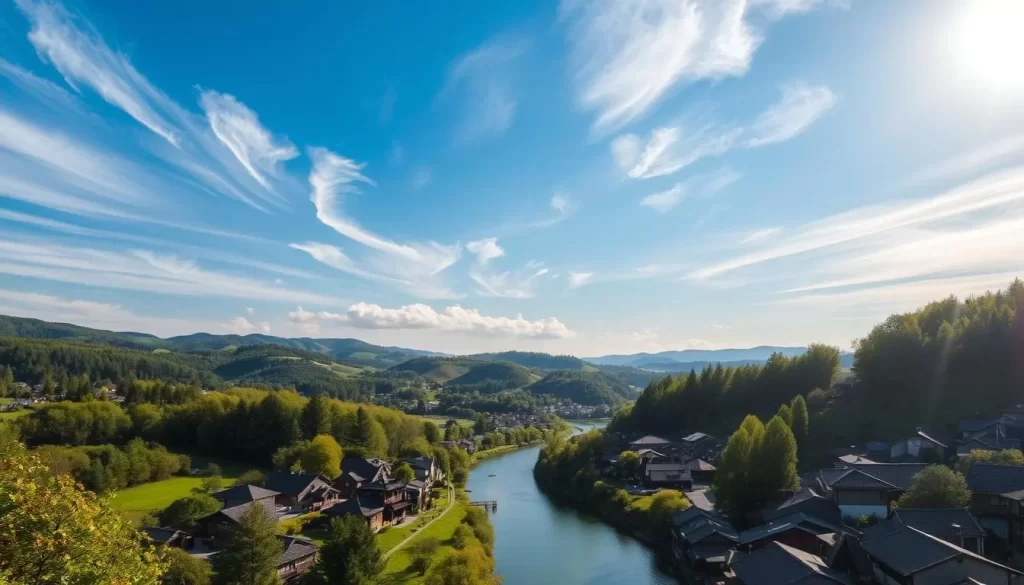
Spring in Fukushima: Cherry Blossom Season
Spring in Fukushima is a magical time, filled with vibrant colors and festivities. As the season progresses, the prefecture transforms into a stunning landscape, perfect for exploration and enjoyment.
April to May Weather Patterns
During April and May, Fukushima experiences mild temperatures, ranging from 50°F to 65°F, making it ideal for outdoor activities. The weather is generally pleasant, with a gentle warmth that encourages visitors to explore the area’s natural beauty.
Cherry Blossom Viewing Spots
Fukushima is renowned for its cherry blossoms, with numerous viewing spots throughout the prefecture. Popular locations include famous parks and lesser-known local favorites, offering a serene atmosphere for hanami (flower viewing).
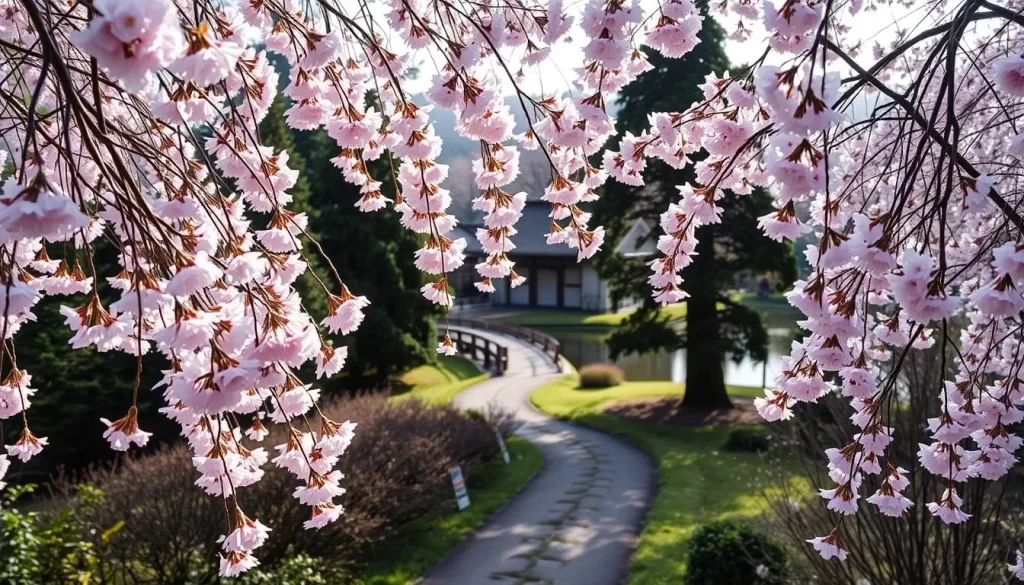
Spring Festivals and Events
The spring season in Fukushima is also a time for various festivals and cultural events. These celebrations offer a unique glimpse into local traditions and customs, providing visitors with memorable experiences.
| Month | Weather | Events |
|---|---|---|
| April | Mild temperatures (50°F-65°F) | Cherry Blossom Festivals |
| May | Continued pleasant weather | Local cultural events and hanami |
Summer in Fukushima: Heat and Festivities
Fukushima comes alive in the summer with a mix of outdoor activities and traditional festivals. The warmth of the season brings a vibrant atmosphere to the area.
June to August Temperature Range
During the summer months, Fukushima experiences hot and humid weather, with temperatures ranging from 70°F to 85°F. This makes it an ideal time to enjoy the region’s beautiful beaches and lakes.
Navigating the Rainy Season
The rainy season, which typically occurs from June to July, brings significant rainfall to the area. It’s essential to be prepared for big downpours and plan your itinerary accordingly.
Summer Festivals and Cultural Events
Despite the heat and occasional rain, summer in Fukushima is marked by numerous festivals and cultural events. You can experience traditional dances, music, and spectacular fireworks displays. Some key events include:
- Vibrant summer festivals featuring traditional dances and music
- Spectacular fireworks displays
- Cultural events that showcase the region’s heritage
Summer is a great time to enjoy water activities such as swimming and kayaking. You can cool off while having fun in the beautiful natural surroundings of Fukushima.
Autumn in Fukushima: Foliage and Mild Weather
The arrival of autumn in Fukushima brings with it a serene atmosphere and stunning natural scenery. As the summer heat dissipates, the region transforms into a haven of comfort and beauty, making it an ideal time to visit.
September to November Climate
From September to November, Fukushima experiences mild weather, with temperatures ranging from 50°F to 70°F. This comfortable climate makes it perfect for outdoor activities such as hiking and walking. The gentle weather also sets the stage for the vibrant display of autumn foliage.
Best Spots for Autumn Foliage
Fukushima is renowned for its spectacular autumn foliage. Some of the best spots to witness this natural beauty include the mountains and valleys that turn into a canvas of red, orange, and gold. Famous mountains and peaceful gardens are among the top recommendations for viewing the fall colors.
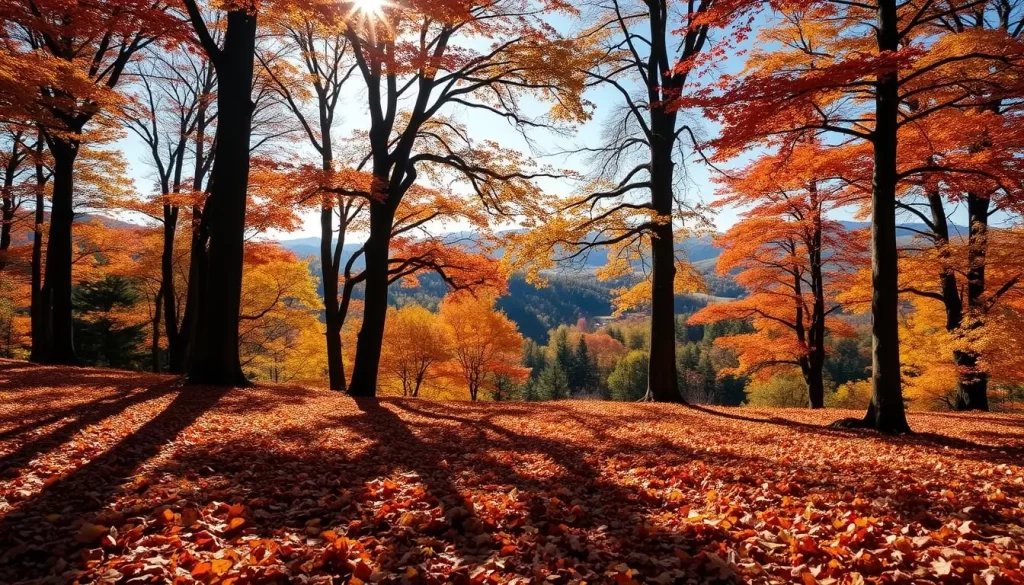
Harvest Festivals and Traditions
Autumn in Fukushima is also a time for harvest festivals, celebrating the season’s bounty with food, music, and cultural performances. These traditional events offer a glimpse into the local culture and are a great way to experience the community’s spirit.
You’ll find that autumn is a beautiful time to explore Fukushima, with its mild weather and stunning natural beauty. Whether you’re interested in outdoor activities or cultural experiences, Fukushima has something to offer during this season.
Winter in Fukushima: Snow and Hot Springs
Experience the tranquil beauty of Fukushima during winter, with its snowy landscapes and warm onsen. Winters in Fukushima are characterized by cold temperatures, ranging from 25°F to 40°F, but the dry conditions make it ideal for various winter activities.
December to February Temperatures
During the winter months, from December to February, Fukushima experiences cold temperatures, typically between 25°F and 40°F. This period is perfect for those who enjoy winter sports and the serene beauty of snow-covered landscapes.
Winter Sports Opportunities

Fukushima offers excellent opportunities for winter sports enthusiasts, with several ski resorts providing powder snow without the crowds. Enjoy skiing and snowboarding in a beautiful winter wonderland, making the most of your time in Fukushima during this season.
Hot Springs Experience

After a day of enjoying winter sports, unwind at one of Fukushima’s many onsen (hot springs). Soaking in steaming waters surrounded by snow creates a magical experience, allowing you to relax and rejuvenate in a unique and peaceful setting.
Fukushima Prefecture, Japan: Best Months for a Weather-Savvy Trip
For a weather-savvy trip to Fukushima, Japan, identifying the best months to visit is key to a memorable journey. The prefecture’s climate varies significantly throughout the year, making some months more ideal than others for certain experiences.
April to May: Optimal Spring Experience
Visiting Fukushima in April and May offers a breathtaking view of cherry blossoms in full bloom. During these spring months, the weather is mild and comfortable, making it an optimal time for outdoor activities and cultural experiences without the crowds associated with peak summer months. You’ll enjoy the picturesque landscapes adorned with stunning pink and white blossoms, creating a magical atmosphere.
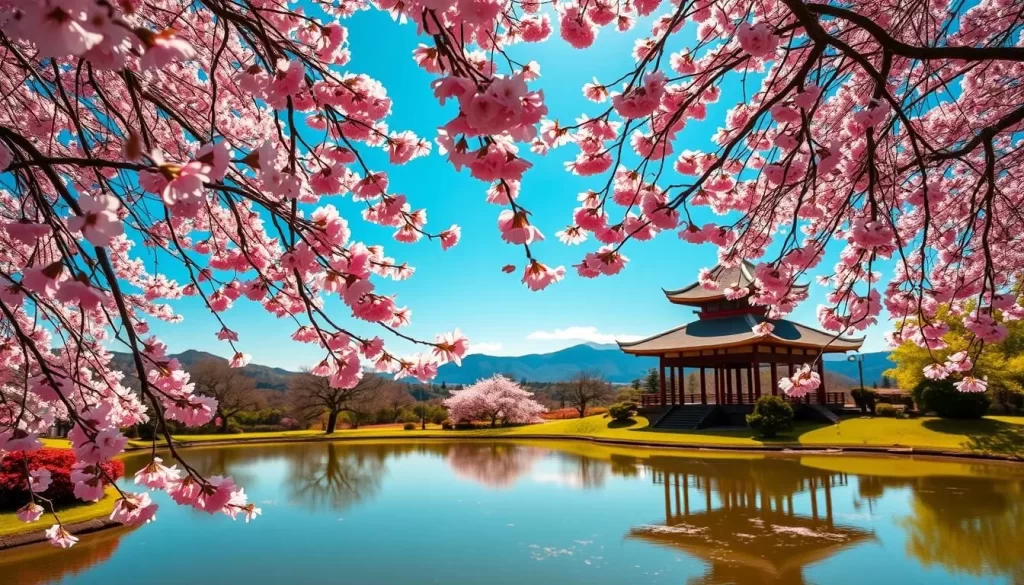
October to November: Perfect Autumn Visit
The autumn season in Fukushima, spanning from October to November, is another excellent period to plan your visit. During this time, the landscapes transform into a colorful masterpiece with bright reds, oranges, and yellows as the leaves change. The mild temperatures and spectacular foliage create postcard-perfect scenes, making it an ideal time for nature lovers and photographers. You’ll experience the beauty of Fukushima’s autumn without the harsh weather conditions of other seasons.
Both spring and autumn offer unique experiences, allowing you to choose the best time to visit based on your preferences. Whether you’re drawn to the beauty of cherry blossoms or the vibrant colors of autumn foliage, Fukushima has something to offer in these optimal months.
Avoiding Extreme Weather Conditions
To make the most of your visit to Fukushima, understanding and preparing for the region’s extreme weather is key. Fukushima experiences various extreme weather conditions throughout the year, including typhoons and heavy rainfall.
Typhoon Season Precautions
From September to October, Fukushima faces the risk of typhoons. These storms can bring a lot of rain, strong winds, and the chance of floods and landslides. If you’re visiting during typhoon season, watch the weather reports and be ready to change your plans to stay safe and enjoy your trip.
Heavy Rainfall Periods
Fukushima also experiences heavy rainfall during the rainy season from June to July. During this time, the region can see significant rainfall, potentially affecting your travel plans. Being prepared for these conditions can help you make the most of your days in Fukushima, even during the challenging season.
Outdoor Activities by Season
Fukushima’s distinct seasons create a dynamic backdrop for a wide range of outdoor pursuits. Whether you’re interested in hiking, water activities, or exploring cultural sites, each season offers unique experiences tailored to the region’s natural beauty and climate.
Hiking and Nature Trails
In Fukushima, you’ll find numerous hiking trails that cater to all levels. During spring, the cherry blossoms line the paths, creating a picturesque landscape. In autumn, the vibrant foliage offers a breathtaking backdrop for your hikes.
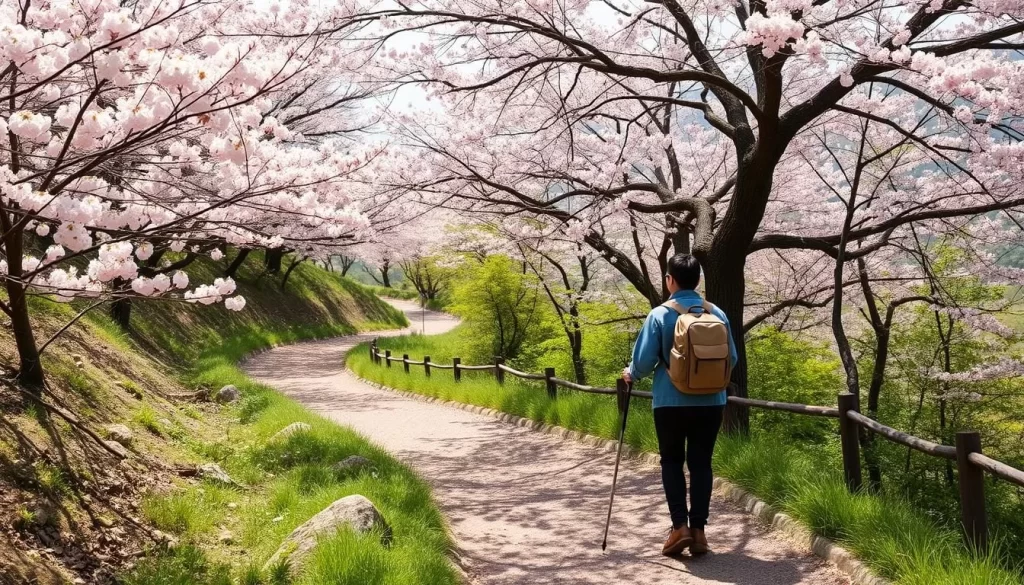
Water Activities and Beaches
Summer is the perfect time to enjoy Fukushima’s lakes, rivers, and coastal areas. You can indulge in swimming, kayaking, or fishing, taking advantage of the warm weather.
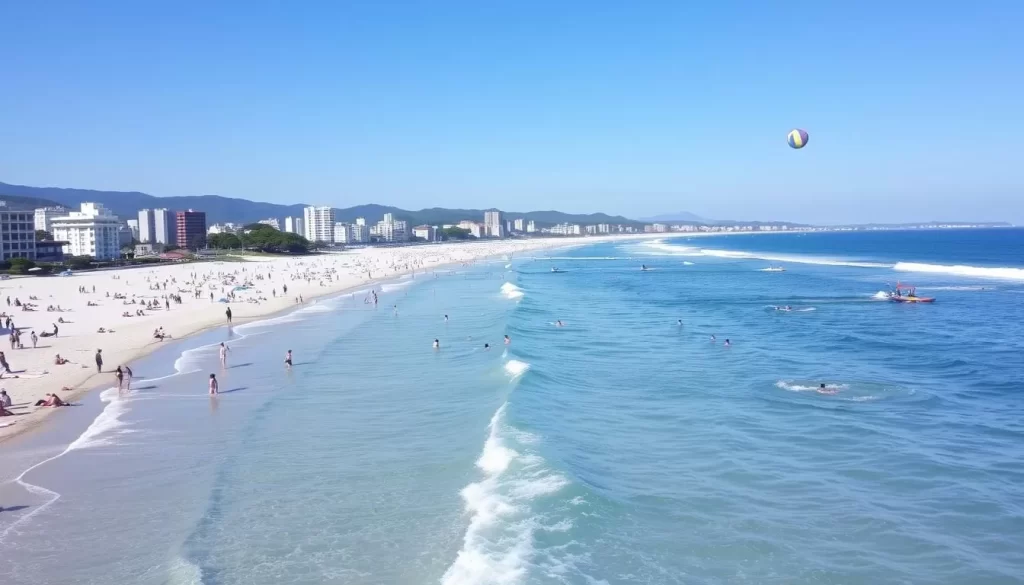
Cultural and Historical Sites
Fukushima is rich in cultural and historical sites that can be enjoyed throughout the year. Visiting these sites during the mild spring or autumn seasons can enhance your experience, as the weather complements the historical ambiance.

Accommodation Options Throughout the Year
Fukushima offers a diverse range of accommodations to suit various preferences and budgets throughout the year. Whether you’re looking for luxury, comfort, or budget-friendly options, Fukushima has something for everyone.
Ryokans and Traditional Stays
Experience the traditional Japanese culture by staying at a ryokan. Enjoy beautiful views and access to onsen (hot springs), especially during winter.
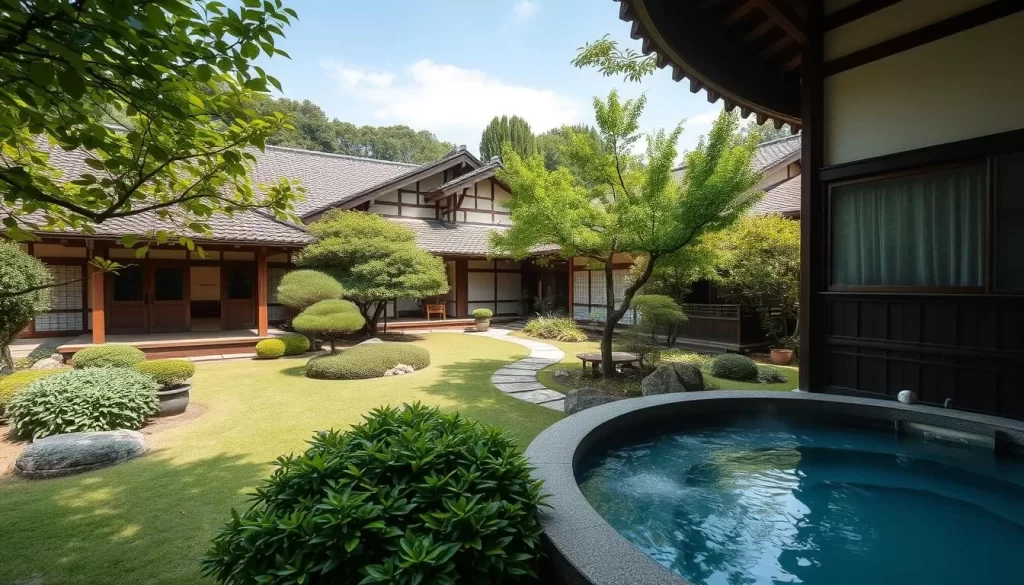
Hotels and Budget Options
From fancy hotels to budget-friendly hostels and minshuku, Fukushima’s accommodation options cater to different needs. You can choose based on your travel style and the season of your visit.

Transportation Tips for Different Seasons
To make the most of your time in Fukushima, it’s essential to know how to travel efficiently across the region. Fukushima is easy to get around, thanks to its great public transport. The efficient train system connects the main cities and towns, making it simple to see the whole region.
Getting Around in Winter Conditions
During winter, some mountain roads may be snowy, which can affect your travel plans. Renting a car gives you the freedom to explore Fukushima at your own pace, but be aware of the weather conditions. Self-driving allows you to visit places that might be harder to reach by public transport.
Public Transportation Reliability
The Japan Rail (JR) network is great for travel, with both high-speed and local trains available. The reliable train and bus networks connect major cities and attractions. You can adjust your travel plans according to the time you visit Japan, ensuring a smooth experience regardless of when you time visit.
| Transport Mode | Reliability in Winter | Frequency |
|---|---|---|
| Train (JR Network) | High | Frequent |
| Bus | Medium | Regular |
| Self-Driving | Variable | N/A |
Conclusion
Timing is everything when visiting Fukushima, as the prefecture’s distinct seasons bring diverse experiences. By understanding the local weather patterns, you can plan a trip that suits your preferences, whether you’re drawn to the breathtaking cherry blossom season or the invigorating winter sports.
Fukushima’s beauty and rich culture are on display throughout the year, making it a place that has something to offer in every time of visit to Japan. Whether you’re a nature enthusiast, an adventure seeker, or simply looking to experience Japanese heritage, planning your trip during the optimal season will enhance your experience.
With a weather-savvy approach, you’ll be able to make the most of your visit and create lasting memories in this culturally rich and naturally stunning region.
The above is subject to change.
Check back often to TRAVEL.COM for the latest travel tips and deals.
